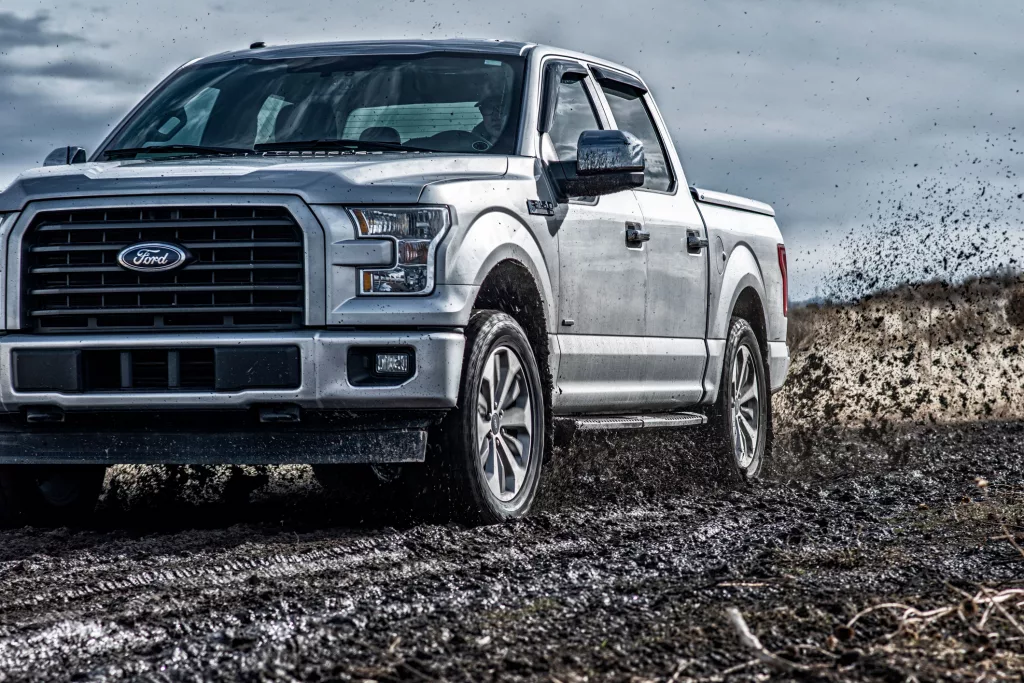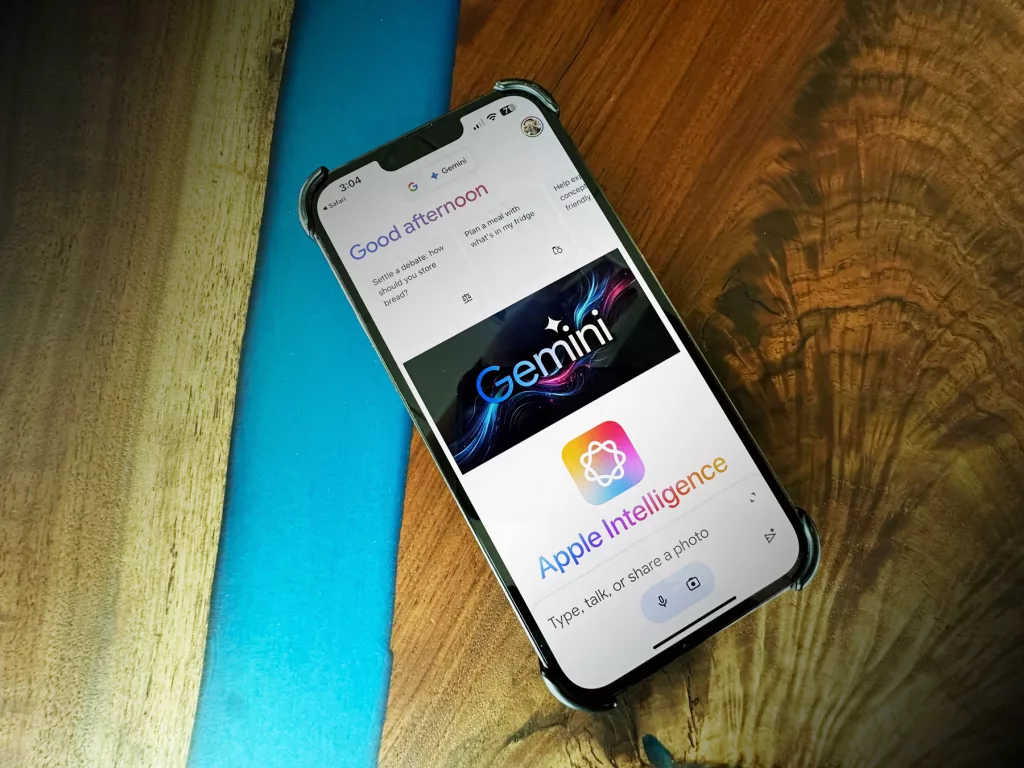As a B2B marketer, it’s your job to stay abreast of trends in both your industry and the paid advertising world at large. You have a lot on your plate.
Still, if you don’t see what’s next on the media planning and buying horizon (whether it’s a new ad platform or the latest Google privacy change), your B2B company might be too late to the party. Your competitors will then have a leg up.
So how do you stay up-to-date without getting completely overwhelmed? That’s where this article comes in. We summarized 10 media buying trends to watch so you don’t have to. Let’s take a look.
1. Micro-Influencers Are Selling Fast
Influencer marketing has been on the rise for a while now. What’s new in 2022 is the growing popularity of nano and micro-influencers.
These content creators have smaller followings — between 1,000 and 10,000 users. Data from influencer marketing platform Liniqua backs up micro-influencers’ upward trajectory with their stat. They note: 90% of US marketers said they wanted to work with influencers with between 5,000 and 100,000 followers in the coming year.
Your B2B brand should consider investing in micro-influencers — especially to reach Gen-Z on TikTok and Instagram. For one, it’s affordable. You may not be able to work with an A-list celebrity asking $100 grand for one post. But you can certainly work with a trending content creator for less than $100 per Instagram post, which is what HypeAuditor says 70.7% of influencers with between 1,000 and 10,000 followers charge. That’s a lot of bang for your buck.
Better yet, users view micro-influencers as more trustworthy because they’re not wildly famous. Your ads have more clout coming from these relatable influencers than they would coming from the Kardashian family.
Finally, working with micro-influencers can be more effective for B2B brands because these influencers have such niche audiences. Find the perfect influencer and their following is likely to match your target customer perfectly.
2. Instagram Is Having its Moment
Speaking of social media, Instagram is hot, hot, hot. The platform has joined the ranks of Facebook, WhatsApp, and YouTube as the most popular social media outlets on the planet.
According to anonymous employees who broke the news to CNBC, Instagram has climbed to two billion monthly active users.
What are the implications for your B2B brand? Instagram has the scale necessary to reach your target audience and influence their behavior.
In some cases, Instagram even performs better than Facebook, so be on the lookout for Insta advertising opportunities for your business.
3. Spotify Ads Are Increasingly Appetizing
Instagram isn’t the only app on the rise. Spotify, the world’s top audio streaming service, is becoming a super app. It’s so popular it’s basically the YouTube of audio streaming.
Why the sudden surge? Because of their recent product updates. Spotify added videos in-app to mimic TikTok’s feed as well as live lyrics. Perhaps most important for you are their new podcaster tools.
No, we don’t expect your B2B brand to start a podcast (although that would be cool). We do think it’s a great advertising opportunity. Spotify’s video podcasts are proven to have better engagement than their audio-only counterparts. And since the world is visually-driven, video ads are a great fit.
You’re also able to advertise locally on Spotify. Try setting up an ad campaign five miles around each of your B2B dealership locations.
The key takeaway is that Spotify has increased its reach and is now a hot ad platform. Consider it as you plan your B2B brand’s media mix.
4. The Three Top Digital Ad Spending Remain Unchanged
Spending some of your B2B brand’s media budget on Spotify is a good idea. But Spotify’s popularity has not detracted from the triopoly: Google, Facebook, and Amazon. These three platforms will make up 64% of all US digital ad spending this year.
For you, the takeaway is simple. Continue to spend on Facebook and Google (Amazon could also be a play for parts) to ride the wave of the triopoly’s popularity.
Sidenote: Digital ad spending, in general, will be up this year, so you’re not the only B2B company trying to reach your customers. Make sure your advertising efforts are calculated and effective.
5. Walled Gardens Aren’t Off the Table
Google, Facebook, and Amazon reign as far as programmatic advertising is concerned. And, as we discussed, their share of total US display ad spending is growing, especially compared to non-triopoly publishers.
Accessing content via the triopoly is generally free to users, which is just one reason you must advertise on these platforms. Free to users likely means more eyes on your ads.
That said, walled gardens are doing their thing, too. Walled gardens refer to content that you have to pay to access. Walled gardens are driving gains in connected TV (CTV), social platforms, and retail media networks.
6. YouTube Continues Authoring all Video Content
YouTube is the number one app for video content — and it has been for years. As such, you have to tune into what the platform is saying about the future of video content. This is particularly true for B2B brands because, as mentioned, video content is paramount. Seeing your product via video can be such an effective way to entice customers. You need to follow YouTube’s trends to ensure your videos are as optimized as possible.
So, what’s YouTube saying this year? Take a look at their culture and trends report. One major point we noticed is that if you advertise on YouTube, your ads could also show up on CTV. Your ads will be seen not only on small screens like smartphones, but big screens like televisions. That’s great mileage for your video ad spend!
7. Invest in Connected TV Advertising Before Last Call
Beyond an extra screen to air your advertisements, you should care about CTV because it’s increasingly popular. More and more people are cutting their cable cords and switching to streaming services — like Hulu, YouTube TV, and Disney+.
CTV hasn’t quite surpassed traditional linear television yet. But, by the end of last year, CTV ad spending increased by nearly 60%. 2022 could be the year the gap between CTV and traditional linear TV closes.
Ad spending on CTV has increased for good reason. US residents are spending more time watching streaming services than ever before — 80 minutes per day, which is up 8.7% from 2020.
All to say, if your B2B brand isn’t advertising on CTV yet, it could be time to make that investment. You could be missing entire swaths of your audience — especially young people — if you’re not present on streaming services.
One tip? Consider Hulu because you can advertise locally in the vicinity around your dealerships.
8. QR Codes Are Here To Stay
QR codes gained prominence thanks to COVID-19. But QR codes are here to stay, pandemic aside. In fact, smartphone barcode users are expected to number 99.2 million by 2024. That’s a 28 million increase from 2019.
More importantly, existing QR code users are willing to scan more often in the future. 18-29-year-olds are especially eager, with over half being “very willing” to scan away. That’s great for B2B brands with up-and-coming Gen-Z audiences. It proves QR codes are so much more than a passing fad.
Leverage QR codes for your B2B brand if you haven’t already. But in 2022, consider using them for promotions and other offers as well.
9. The Ever-Changing Rules of Google PPC
One media mogul that’s hard to follow is Google. That’s because the platform is constantly making changes. Their PPC — or pay per click — advertising announcements are no exception.
In 2022, the only constant we can count on with Google PPC is change. What we can say is it looks like a promising year thanks to technical enhancements, new releases, and feature improvements in search marketing.
A few such changes include Gmail ads going away in June and new machine learning tech to reach more consumers across diverse platforms.
The upshot here is to read Google PPC news often. Changes are sometimes announced weekly! Your B2B company doesn’t want to miss something important that could radically impact your crucial bottom-of-the-funnel advertising tactics.
10. Third-Party Cookies Are Getting Stale
We started this article by mentioning the latest privacy announcements from Google. Let’s end there, too. Google has decided to give everyone an extra year to get used to the idea of third-party cookies going away. This is good news for marketers, but change is coming. You need to prepare.
Get your B2B brand’s first-party data in tip-top shape ASAP. That means scrubbing your email lists.
When third-party cookies are gone, you’ll be glad you have quality first-party data. Not only can you market directly to your list, but you can also use those contacts to fuel other marketing efforts. For example, you can upload your opt-in data to Google. Google will target your actual contacts if they can be identified (all the more reason to clean your data). If not, they’ll target a matching audience. Facebook will do the same with its lookalike audience feature.
There are a couple of Google marketing tools that don’t require first-party data, but they’re not necessarily as powerful. Contextual advertising opportunities allow Google to place your ads using on-topic keywords found in content all over the web.
Geolocation is another decent advertising option. Google helps you target everyone in a certain geographic area around your B2B company.
Here’s the moral of the story: No matter the third-party cookie alternatives, get your first-party data as buttoned up as possible right away.
Take Advantage of these Trends for Your B2B Brand
There’s a lot to keep track of in the world of B2B, marketing, and media this year (and always). If you need additional assistance enacting any of these trending tactics or simply understanding them, we’re always here to help.




